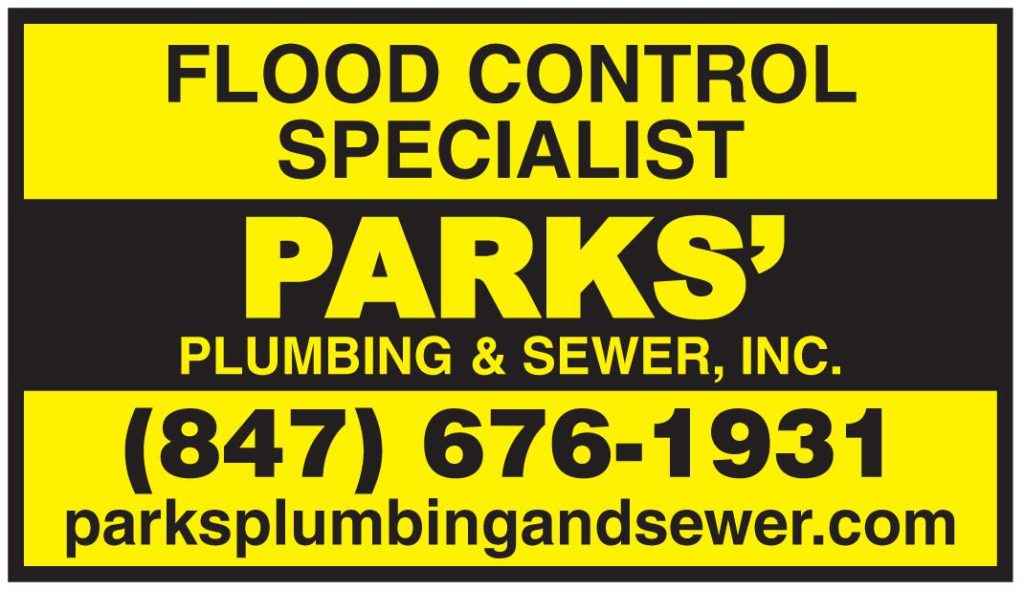Flooding is a big issue in Chicago’s Portage Park neighborhood. The latest was in 2013 after major storms hit the area. Like most of Chicago, there are no reservoirs, and with the density of buildings, streets and parking lots, there is very little green space to absorb or slow down the onslaught of water in a heavy rain. Because the city of Chicago has a combined storm and sanitary system it means that every time there’s a serious rainstorm, sewers can backup, and people get water and worse in their basements. Parks’ Plumbing & Sewer, Inc. has been providing flood control systems including sewer backflow valves and overhead sewers to Chicago’s Portage Park since 1981. Call today to protect your valuables and home.
Chicago’s Portage Park is located about 9 miles northwest of the Loop. Portage Park is bordered by the community areas of Jefferson Park and Forest Glen to the north, Dunning and the suburb of Harwood Heights to the west, Irving Park to the east and Belmont-Cragin to the south. The name was taken from the major portage linking the Des Plaines and Chicago rivers along what is now known as Irving Park Road. It was so swampy in wet weather that trappers and Native Americans were able to paddle though the area without leaving their canoes. In 1850, Jefferson Township was incorporated and then annexed to Chicago in 1889. Much of the area remained rural until the streetcar lines brought immigrants from the overcrowded city.
Portage Park has the largest Polish community in the Chicago area. Scandinavian, German, Italian, and Irish families also moved in and the area became part of the famous “bungalow belt”. By 1940, the population had grown to 66,000.
Portage Park contains several smaller neighborhoods – Portage Park North, Mayfair, and North Mayfair. The area had 64,124 residents as of the 2010 census. It has the Six Corners outdoor shopping district at Irving, Cicero, and Milwaukee.


